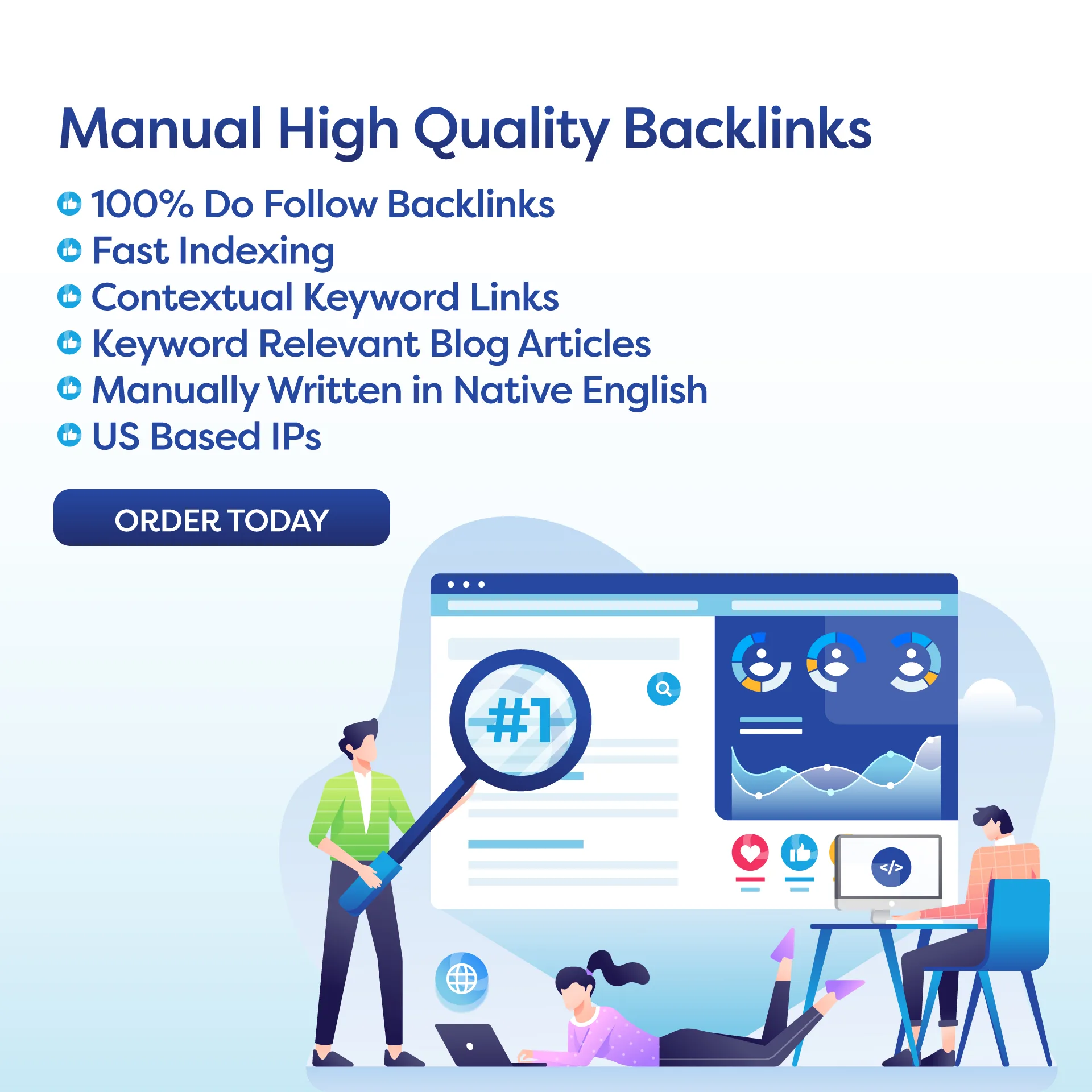: Enhance User Engagement
Interactive Web Elements: Enhance User Engagement
In today’s digital world, having a website is crucial for any business or organization. However, simply having a website is not enough; it needs to be engaging and interactive to stand out from the vast sea of online platforms. With the attention span of internet users decreasing, it is essential to capture and retain their attention through interactive web elements. These elements not only make the website more interesting and fun for visitors but also contribute to the overall user experience. In this article, we will explore the benefits of integrating interactive elements in web design and how to effectively use them to enhance user engagement.
The Importance of Engagement
The primary purpose of a website is to connect with its audience and convey its message effectively. However, with the abundance of information available on the internet, it is easy for visitors to lose interest and move on to another website. This is where engagement comes into play. By incorporating interactive elements, websites can grab the attention of visitors and keep them engaged for a longer time. This not only increases the chances of them exploring more of the website’s content but also improves the chances of them converting into customers or subscribers.
Types of Interactive Elements
Interactive web elements can range from simple animations and hover effects to more complex features such as quizzes, games, and virtual tours. Some of the most commonly used interactive elements in web design are:
- Animations: Adding subtle animations to different elements on a website can make them more eye-catching and engaging. These can include loading animations, hover effects, and scrolling animations.
- Interactive Forms: Instead of traditional, boring forms, websites can incorporate interactive forms that require users to interact with them, making the process more fun and engaging. This can include drag and drop options, sliders, and checkboxes.
- Virtual Tours: For businesses in the travel or real estate industry, virtual tours can be a great way to engage visitors. These interactive features allow users to explore a location or property virtually, giving them a more immersive experience.
- Games: Adding simple games to a website can be a fun and unique way to engage visitors. These can be related to the website’s content or simply serve as a way to entertain users.
- Quizzes: Quizzes are a great way to not only engage visitors but also collect valuable data and feedback from them. Websites can incorporate quizzes related to their products or services, or even general knowledge quizzes for entertainment purposes.
Benefits of Interactive Web Elements
Apart from enhancing user engagement, the integration of interactive elements in web design offers several other benefits:
- Improved User Experience: Interactive elements make a website more user-friendly and enjoyable to navigate. This, in turn, leads to a better overall user experience, making visitors more likely to return to the website.
- Increased Time Spent on Site: Interactive elements can keep visitors on a website for a longer time, as they are more likely to explore different features and content. This increases the chances of them converting into customers or subscribers.
- Better Brand Recall: Interactive elements make a website more memorable and stand out from others, leading to better brand recall. This is especially important for businesses looking to establish a strong online presence.
- Higher Conversion Rates: By engaging visitors and keeping them on a website for longer, interactive elements can ultimately lead to higher conversion rates. This is because engaged visitors are more likely to make a purchase or take the desired action.
Best Practices for Using Interactive Elements
While interactive elements can greatly enhance user engagement, it is essential to use them effectively. Here are some best practices to keep in mind when incorporating interactive elements in web design:
- Keep it Simple: Avoid overwhelming visitors with too many interactive elements. Instead, choose a few that align with your website’s purpose and keep them simple and easy to use.
- Make it Relevant: The interactive elements should be relevant to your website’s content and purpose. For example, a virtual tour feature would be more suitable for a travel website than a finance website.
- Ensure Responsiveness: With the increasing use of mobile devices, it is crucial to ensure that the interactive elements are responsive and work seamlessly across different screen sizes.
- Test and Monitor: It is essential to continuously test and monitor the performance of interactive elements on a website. This includes checking for any technical issues and gathering feedback from users to make improvements.
Conclusion
Incorporating interactive elements in web design is a great way to enhance user engagement and improve the overall user experience. By choosing the right types of interactive elements and using them effectively, websites can keep visitors interested and increase the chances of converting them into customers. However, it is important to remember that these elements should be used strategically and in moderation to avoid overwhelming visitors. With these best practices in mind, businesses can effectively integrate interactive elements into their websites and reap the benefits of improved engagement and conversion rates.

